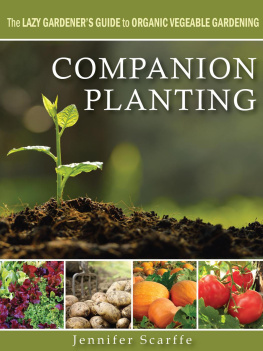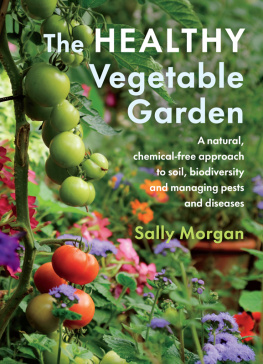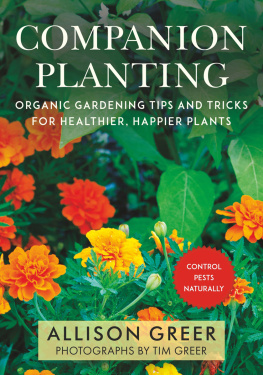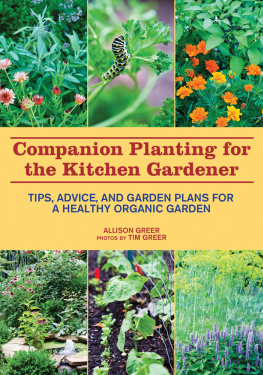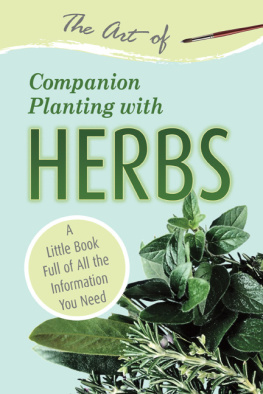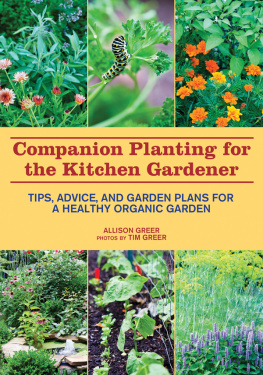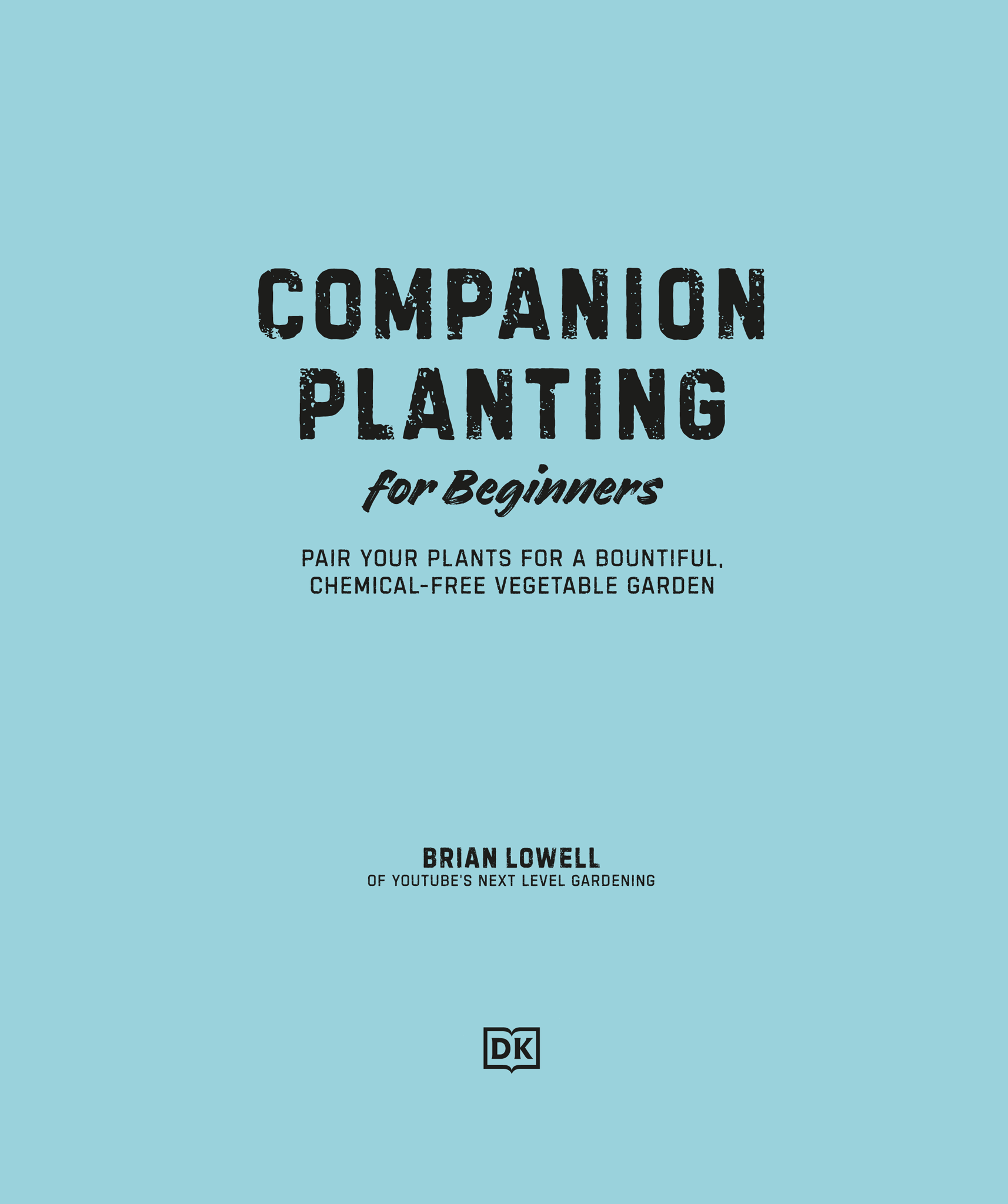CONTENTS
CONTENTS
g
How to use this eBook
Preferred application settings
For the best reading experience, the following application settings are recommended:
- Orientation: Portrait
- Color theme: White background
- Scrolling view: [OFF]
- Text alignment: Auto-justification [OFF](if the eBook reader has this feature)
- Auto-hyphenation: [OFF](if the eBook reader has this feature)
- Font style: Publisher default setting [ON](if the eBook reader has this feature)
- In Settings, change the font size to a size you are most comfortable with.
g
Introduction

Anyone can grow a garden! If you consider yourself to have a brown thumbheck, if youve been accused of having a brown thumbit doesnt matter. I once was in the same boat but that was over 30 years ago. In the more than three decades since, my thumb has quickly turned from brown to green. And you know what? It wasnt magic, and it didnt take a college degree; it was just me, enjoying the process of gardening, making mistakes, and learning from the whole experience. Each year got better than the last, and each year I got better, both as a gardener and as a person. Gardening has made my life more full. Its a love affair that goes back further than my son, and even further than my wife, and its a love affair that will stay with me until the day I die. It was the sheer love of planting and nurturing, and watching what I planted grow and produce flowers and fruit. It was the excitement of planning next years garden, and the anticipation that next year would be even better than the last. It was making the mistakes and learning new ways to make mistakes, but eventually I would, and did, figure it all out.
A few years into my gardening journey, I had the opportunity to meet my sisters piano teacher, who just happened to also be a Certified Master Gardener. She happily took me under her wing, and for the next seven years, I spent countless hours with her in her garden, absorbing a treasure trove of knowledge from her decades of experience that she dispensed to me. Looking back, it was a transformative, almost magical time in my life, and one that I still deeply cherish. Through my YouTube channel and this book, I hope to pass on the gift of inspiration and knowledge that I was freely given three decades ago by an amazing woman and gardener who probably never knew just how important a role she played in my life.
In the very near future, you, too, will find that each phase of the garden year, and each phase of your gardening journey, holds a magic that is never-ending, and is renewed every spring. If you are just starting out, Im so excited for you because you dont yet know the wonders that are just around the corner. In addition to the wonders, there will be some letdowns on this new path, and thats okay. I remember a time when I sprayed an organic pesticide on my entire garden during the hottest part of an already hot day. The next day, I went out to find my entire garden wilted and dying. My garden never fully recovered, and I almost didnt, but I pulled it together and replanted. I had a shorter season that year, and a much smaller harvest, but you know what? I never made that mistake again. If I hadnt made those early mistakes, I wouldnt have been able to reap the incredible bounty of rewards this deeply soul-filling pastime provides. Ive made many others, and so will you, but as gardeners, we learn, we grow, and we move on. Gardening is a cross between art and science, which is great, because being a gardener is a lot like being an artist and a scientist.
Through this book, I hope to not only teach you the basic principles of organic gardening and companion planting, but also to be your cheerleader and guide you through this incredible hobby that will feed your body, mind, and spirit. Ive arranged the book in such a way that the elements are presented in the order you will be starting a new garden or a new season. In each chapter, I will cover the most important organic gardening subjects and how to use companion planting in conjunction with organic gardening practices to help you grow a garden that is nearly self-sustaining. It will take a few of years of consistent work on your part to get to that point, but I promise it will be some of the most rewarding work you have ever done. So roll up your sleeves and lets get growing!
Brian Lowell
g
Chapter 1
An Introduction to Companion Planting & Organic Gardening
Chapter 1: An Introduction to Companion Planting & Organic Gardening | Contents
g
What is Companion Planting?
By definition, companion planting is the practice of growing different plants together to achieve mutual benefit or for one plant to benefit from the other. The benefits of this practice include providing shade, retaining moisture, adding nutrients to the soil, providing protection from pests and disease, or attracting beneficial insects and pollinators. In some instances, companion planting is about knowing and understanding which plants do not grow well together and, instead, actually compete for nutrients or sunlight or even perpetuate disease. Some plants can even produce chemicals that will stunt or kill other plants if theyre growing within a certain vicinity of each other. At its core, the study and practice of companion planting is understanding when and when not to use specific plant combinations to your gardens advantage. The goal is to not have to apply synthetic fertilizers or insecticides to your plants, instead to let nature do what it does best.
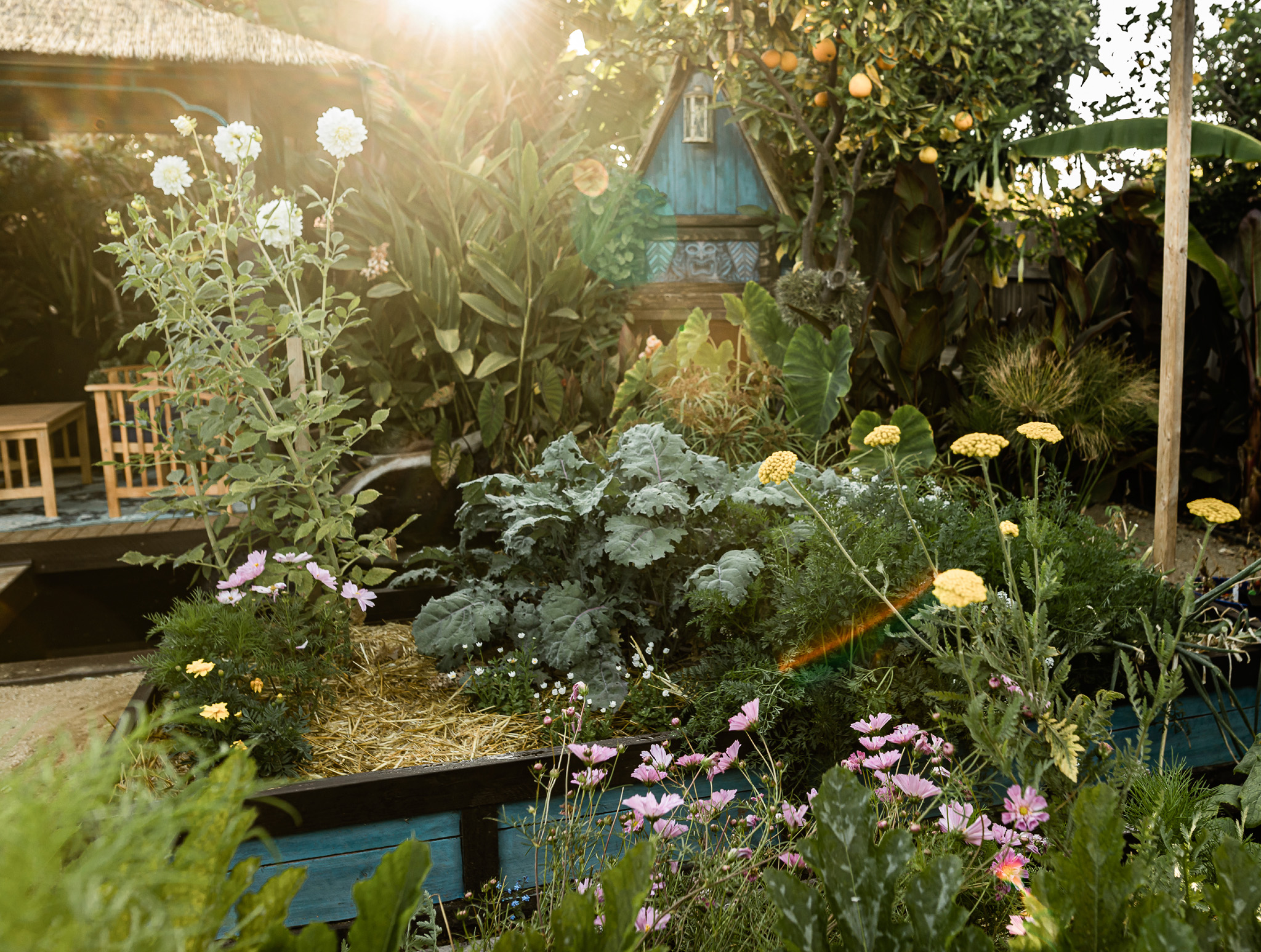
How Did Companion Planting Start?
Humans have been companion planting for centuries. Some of it was done by design, and some of it was done completely by accident. The best known historic example of companion planting is the Native American Three Sisters method, which is based on the three crops Native Americans relied on most: grain corn, beans, and squashes. In the Three Sisters method, the corn stalks give the beans a support to climb on, the large squash leaves shade the ground to keep weeds down and keep moisture in the soil, and the beans do what beans do best: pull nitrogen from the air and fix it in their root systems, leaving extra nitrogen in the soil for other plants. The Three Sisters concept is the embodiment of companion planting with each plant providing a useful service to its neighbor.
There is evidence that simple companion planting practices were used in Europe two to three thousand years ago. There are written historic examples of the ancient Romans knowing which nearby plants and trees would positively or negatively affect their grape and olive crops. In fourteenth-century England, cottage gardens became popular, though they were a little different than the cottage gardens we think of today. Today we might envision front gardens with rose-covered arbors and doorways, and flower beds burgeoning with all manner of flowers jockeying for position, while meandering paths and idyllic gates conjure up fairy tales. But in the fourteenth century, cottage gardening was about survival. The front gardens of cottage dwellers were used to grow vegetables, fruits, herbs, and whatever flowers could fit in. All of these plants were grown together as a matter of necessity. The fantastic by-product of this type of gardening was the discovery of the advantages that certain plants had when growing next to other plants. As time moved forward, this process was fine-tuned, and people were able to take note of these happy companion pairings to pass that knowledge down through generations. The French potage garden employed a similar practice that entailed growing fruits, vegetables, and herbs in beautiful arrangements that were feasts for the eyes, as well as the belly.


